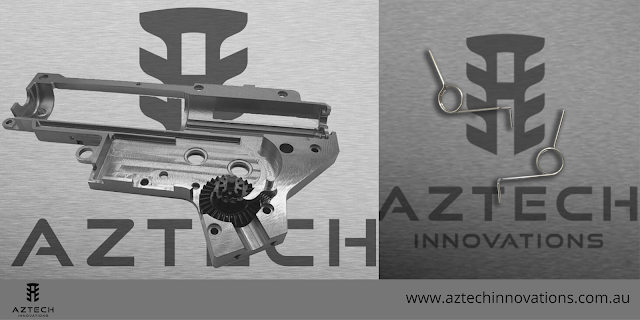The steady force that pushes the piston forward is provided by the spring. And the spur gear that propels the piston is strong enough to hold it in place with the help of the anti-reversal latch, which prevents the bevel gear from rotating when the piston is being pushed. Else, the piston will always be stalled in forwarding position, even if it is not supposed to be in that position.
This may
seem like a non-issue in and of itself, but if the piston moves forward every
time you release the trigger; it has a significant impact on the gun's feeding
and shooting. Anti-reversal latches and springs that are damaged, worn, or
broken can cause the pistol to release its spring after you have completed your
cycle, resulting in a low-pitched sound. That noise indicates that your piston
is not reaching its complete travel, and instead of stopping for the
next shot, it is decompressing. In such a situation, it is necessary to open
the gearbox to change the anti-reverse latch for smooth operation.
When To Replace The Anti-reversal Latch?
Generally
speaking, an anti-reversal latch will withstand thousands of rounds before
becoming worn out due to wear and tear.
The latch
can wear down to the point that it no longer catches the bevel gear
effectively, or the shaft can snap. The spring that holds this lock in place
may lose tension or break. This component is intended to be replaced as
needed over time; therefore, concerns regarding this component that arises out
of nowhere are rare.
Aztech Innovations has a huge stock of the anti-reversal
latch available at a reasonable price on Check it
out today!

Comments
Post a Comment